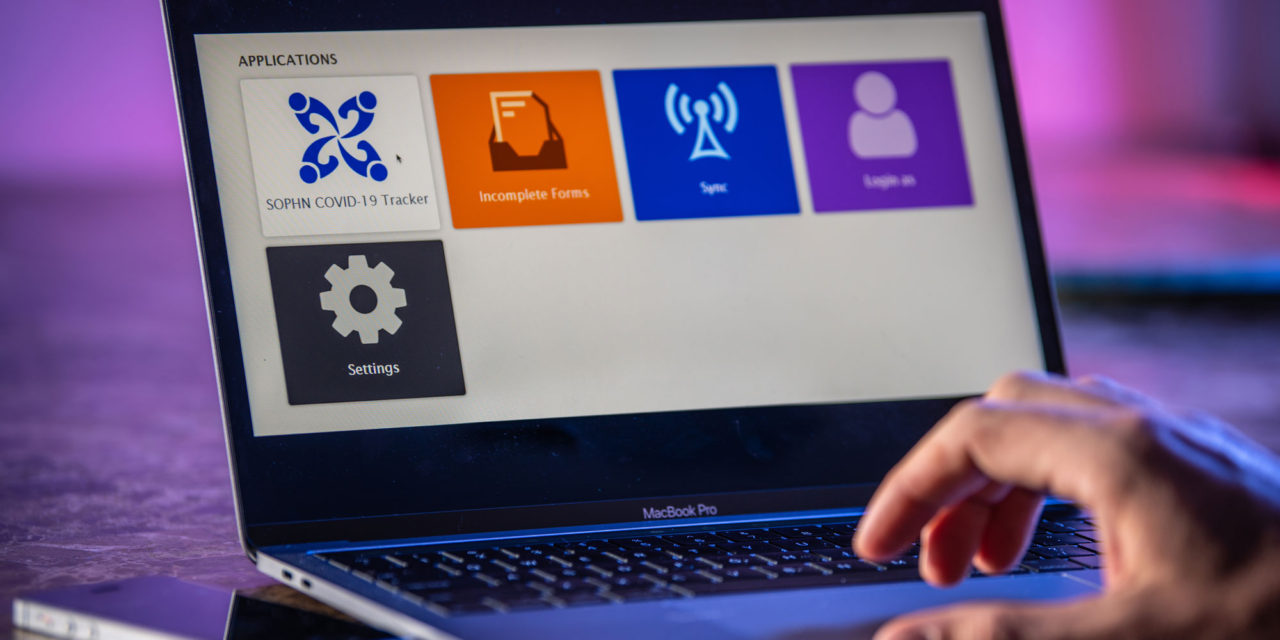HR Roles, Redefined
As an HR professional, you play an integral role in your organization’s day-to-day and larger strategic initiatives. Pre-pandemic, your responsibilities typically extended to vast corners of a company’s purview, from keeping a pulse on employee engagement and morale to upholding security and safety in the workplace, ensuring compliance regulations are maintained and liability is minimized.
The onset and subsequent spread of COVID-19 has shaken up many of the norms that previously defined the HR industry, and within it, brought new implications for how to do your job. What do you need to know now in order to take the recent shifts in stride? In the sections to follow, we examine top considerations affecting the industry, and how you can approach them to the benefit of your organization overall.
There’s No I(ndividual) in Team
At the organizational level, employee health and safety are about more than just one person. A big picture view is required instead that includes the whole company under its field of vision. One infected individual has the power to impact everyone else, and for this reason and many others, contact tracing is and should remain a necessary element to your organization’s HR approach.
Apart from the larger financial impacts to an organization should a spread occur among your staff necessitating a shut-down, implementing methods to track employee health is a key operational priority to achieve business continuity and avoid costly litigation.
Employee Health Tracking is Nothing New
Organizations have long required a level of consent from employees to share personal health data as conditions of employment. For example, current employee agreements and benefits packages ask questions about employee tobacco habits, and upon beginning employment, Social Security numbers and other identifying data are required to be submitted as a matter of course. In the COVID era, this list has expanded to include a number of other data points, including temperature, your recent health, if you have been exposed to COVID patients or traveled outside of US in the last 14 days, among others.
Similarly, data to help employers monitor employee health patterns and location within spaces on their corporate campus should be requirements. The WiFi ID (MAC) on employees’ cell phones, laptop or smart watch is no more an invasion of employee privacy than noting their Social Security number for tax and compensation purposes.
As COVID-19 now joins the list of other health conditions an employee reports to an organization, like smoking, it is important to remember that the practice of collecting these data pieces with employees’ consent is in large part no different than existing site management methods that most organizations have had in place for decades. The name and approach may be shifting slightly, but the levels of consent, privacy, and engagement at both the employee and organizational levels remain intact.
Private vs. Company Data
As these factors and their implications are examined, the question for HR professionals becomes what delineates employee private vs. company data? How much is too much? The answer might surprise you. As mentioned above, employees’ level of consent encompasses the provision of key identifying data, such as Social Security numbers, driver’s license numbers, and other health and lifestyle habits as largely routine and to be expected. Other information, such as device IDs on employee devices to enable digital contact tracing methods while the employee is on site at the organization facility itself is no different from these other types of employee data. Why is a Social Security number any more personal than a MAC address? It isn’t – and taking a hard look at your organization’s approach to employee data categorization and collection is a key element in managing not just the current COVID-19 pandemic but to form a standard for operations going forward to be ahead of the game for whatever lies ahead.
The Truth About Closed Networks – And Their Impacts on Contact Tracing
As HR managers, supporting your employees – and their personal data – is a critical aspect of the job. Who can see it? Where is it stored, and for how long? Where are its limits?
In a closed system, information employees share is confidential and not shared outside the confines of the organization. An opt-in approach targeting closed private networks provides the same protections as for personal identifiable information (PII) and will reduce risk of HIPAA (Health Insurance Portability and Accountability Act) complaints.
A digital contact tracing platform leverages available technology, such as QR code registries, Bluetooth tracking apps (i.e. Apple-Google app), GPS-based location tracking apps, and WiFi-based solutions and automation that integrate with existing facility infrastructures to enable organizations to:
- Uphold top levels of privacy. Closed systems use encryption and private signals that are visible only to internal organizational audiences. Employee data required does not exceed the confines of consent, and also does not extend past the organization’s doors.
- Use real-time data for fast deployment. In buildings with existing WiFi networks, digital and automated contact tracing allows immediate collection of real-time data to pinpoint ‘at-risk’ individuals, groups, and zones within a facility space.
- Specify ‘zones’ within your facility and identify ‘choke points.’ Real-time data collection methods allow organizations to monitor dwell time between employees should a positive case be identified so that individuals can be contacted, and a cleaning can be scheduled. Bluetooth apps do not provide location data.
- Leverage key aspects of their intellectual property. The closed network environment is a secure digital asset and a foundational element in its operational function. Data included in employee agreements, such as health information, forms a large part of this and in the COVID era, this also should remain a key consideration for HR professionals going forward.
Act Now and Get Ahead of the Game
Every organization functions differently, and as a result, each carries its own parameters for defining levels of employee consent and the ways in which data is collected, stored, and leveraged. However, if there is anything the COVID-19 era has demonstrated, it is that we are in a world of ‘when’s,’ not ‘if’s,’ and that adding contact tracing data, such as phone MAC addresses, to employee agreements doesn’t just make sense, but is no different than the other identifying information they are required to submit anyway as conditions of employment. This era requires HR professionals to play a leading role in this effort to redefine the rules surrounding employee data and consent to keep employees save and organizations thriving, while bringing impacts such as competitive advantage and cost reduction to position them for success down the road. HR plays a key role in developing, reinforcing and changing the culture of an organization that is even more paramount during this pandemic.













